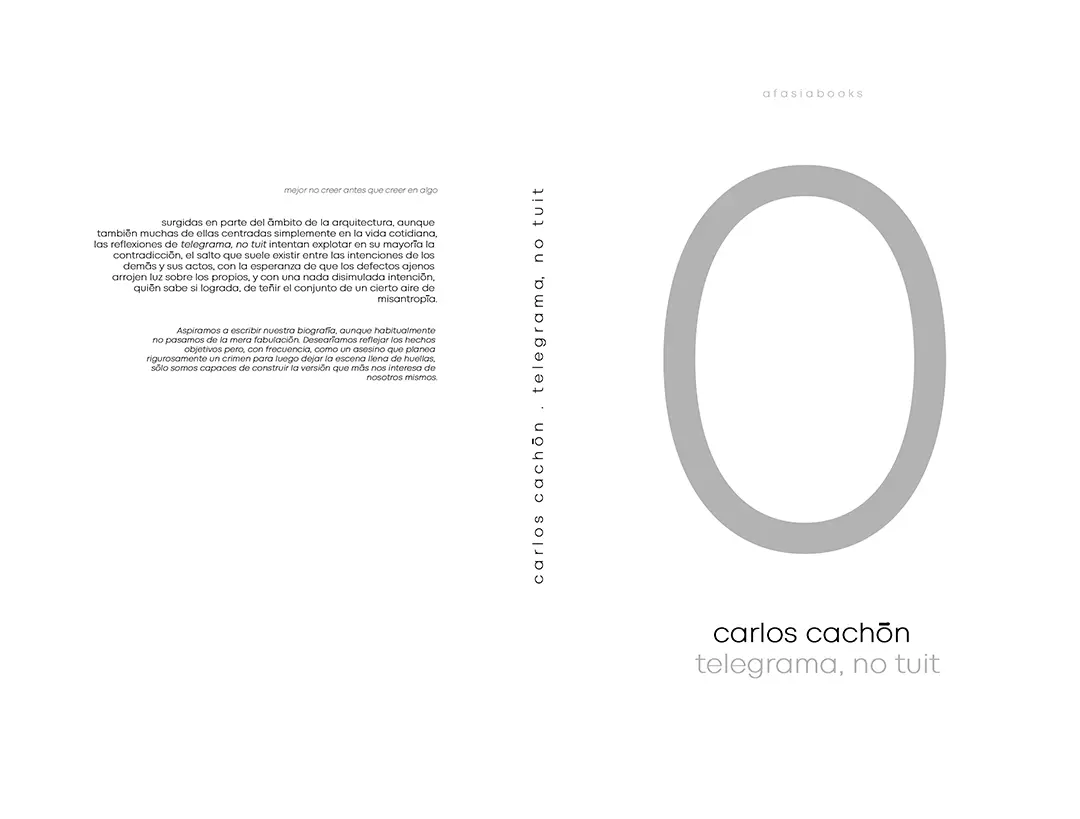
Íñigo Beguiristáin . Jokin Lecumberri
Located in a newly created set of terraced houses on the outskirts of a rural area, and flanked on its western boundary by a moderately trafficked road, the proposal seeks to break the monotony of repetition by affirming its own limits and volumetry. It carefully selects the elements that make up its interior reality — the sky, the mountains, the garden, and the wall — to construct the internal space of the proposal.
In contrast to the reiteration of the archetype of a house with a gabled roof, this proposal inverts the roof and retreats from the party walls. Similarly, the enclosure of the plot ceases to be an external element and gains prominence, integrating into the volumetric composition of the whole.
The main volume is located, as required by regulations, at the eastern end, thus freeing up the largest possible area of the plot. Coinciding with the central depression, where rainwater is collected, the construction is divided into two sections. The first, oriented towards the rural core and densely occupied by program, resolves access, the garage, the staircase, and the bedrooms over two floors and responds to the exterior with ordered square openings. The second, with double height, houses the living area and opens up through a single elongated opening that runs across the entire ground floor, connecting visually and physically with the garden, which is projected as a natural extension.
Inside, the construction generates a new urban façade with also square openings, reinforcing the idea of semi-exterior space and integrating the garden and landscape into the heart of the home.·
_
Project:
IU House
Architects:
Íñigo Beguiristáin
Jokin Lecumberri
@ibeguiristain
@jokinlecumberri
Collaborators:
Iván Zúñiga (Architect)
Area (m2):
249
Location:
Urroz-Villa, Navarre, Spain
Year:
2024
Ubicada en un conjunto de viviendas adosadas de nueva creación en la periferia de un núcleo rural, y flanqueada en su límite oeste por una carretera de tráfico moderado, la propuesta busca romper la monotonía de la repetición mediante la afirmación de sus propios límites y volumetría. Selecciona cuidadosamente los elementos que conforman su realidad interior —el cielo, las montañas, el jardín y la tapia— para construir el espacio interno de la propuesta. Frente a la reiteración del arquetipo de vivienda con cubierta a dos aguas, esta propuesta invierte la cubierta y se retrae de las medianeras. Del mismo modo, el cierre de la parcela deja de ser un elemento ajeno y adquiere protagonismo, integrándose en la composición volumétrica del conjunto. El volumen principal se ubica, por requerimiento normativo, en el extremo este, liberando así la mayor superficie posible de la parcela. Coincidiendo con la limahoya central, donde se recogen las aguas pluviales, la construcción se divide en dos crujías. La primera, orientada hacia el núcleo rural y densamente ocupada por programa, resuelve en dos plantas el acceso, el garaje, la escalera y los dormitorios y responde al exterior con huecos cuadrados ordenados. La segunda, de doble altura, alberga la zona de día y se abre mediante un único hueco rasgado que recorre toda la planta baja, conectando visual y físicamente con el jardín, al que se proyecta como una extensión natural. En el interior la construcción genera una nueva fachada urbana con huecos también cuadrados, reforzando la idea de espacio semi-exterior e integrando el jardín y el paisaje en el corazón de la vivienda.
















